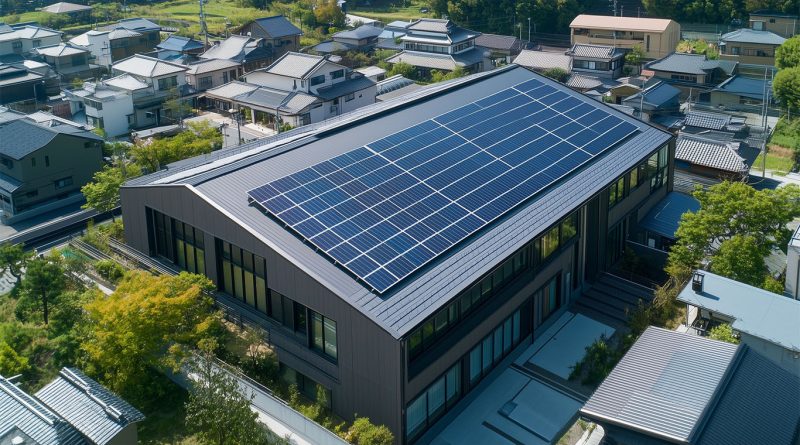Japan’s New Solar Strategy Targets Greener Grid, Cleaner Future
Subscribe to our free newsletter today to keep up to date with the latest renewable energy news.
Japan is entering a new phase of renewable energy strategy centered on solar power. As part of its commitment to reach carbon neutrality by 2050, the country’s New Energy and Industrial Technology Development Organization has introduced “PV Challenges 2025,” a national initiative aimed at scaling and refining solar energy systems.
The program supports Japan’s 7th Basic Energy Plan and reflects the country’s urgency to diversify its energy mix. As of late 2023, Japan had more than 74 gigawatts of installed solar capacity, ranking it third in Asia. With limited domestic fossil fuel resources and high energy imports, Japan’s pivot to solar energy is both an environmental and economic imperative.
Why perovskite solar cells could be Japan’s most valuable energy asset
A focal point of the new strategy is the advancement of next-generation solar cell technology, with particular attention to perovskite materials. These cells are thin, flexible and efficient, making them suitable for use on vertical surfaces and compact rooftops common across Japan’s urban areas.
In the Kanto region, a new plant is under development to support commercial-scale production of perovskite solar panels, with operations expected to begin in 2026. Globally, the perovskite market is forecast to grow at more than 30 percent per year through 2030.
Designing solar systems for real-world market diversity
The PV Challenges 2025 framework is structured to reflect the varied needs of Japan’s energy consumers. The strategy promotes modular and scalable systems for residential, commercial and industrial users.
In rural areas, distributed solar networks support community-based energy independence. In cities, building-integrated photovoltaics offer a solution to space constraints. The national government has also introduced incentives to support installations that meet high-efficiency and durability benchmarks tailored to specific climate and load conditions.
Solar stability: the quiet challenge of intermittent power
Ensuring power stability is one of the more complex issues facing solar expansion. NEDO’s strategy addresses this by encouraging innovation in battery storage, microgrid technologies and intelligent energy distribution systems.
One focus is on predictive grid management, where solar power is integrated through AI-based monitoring and load balancing. This is especially relevant for Japan’s heavily urbanized regions, where sudden demand shifts can stress legacy grid infrastructure. Improved power consistency will allow solar to take on a greater share of the national energy supply without compromising reliability.
Sources:
